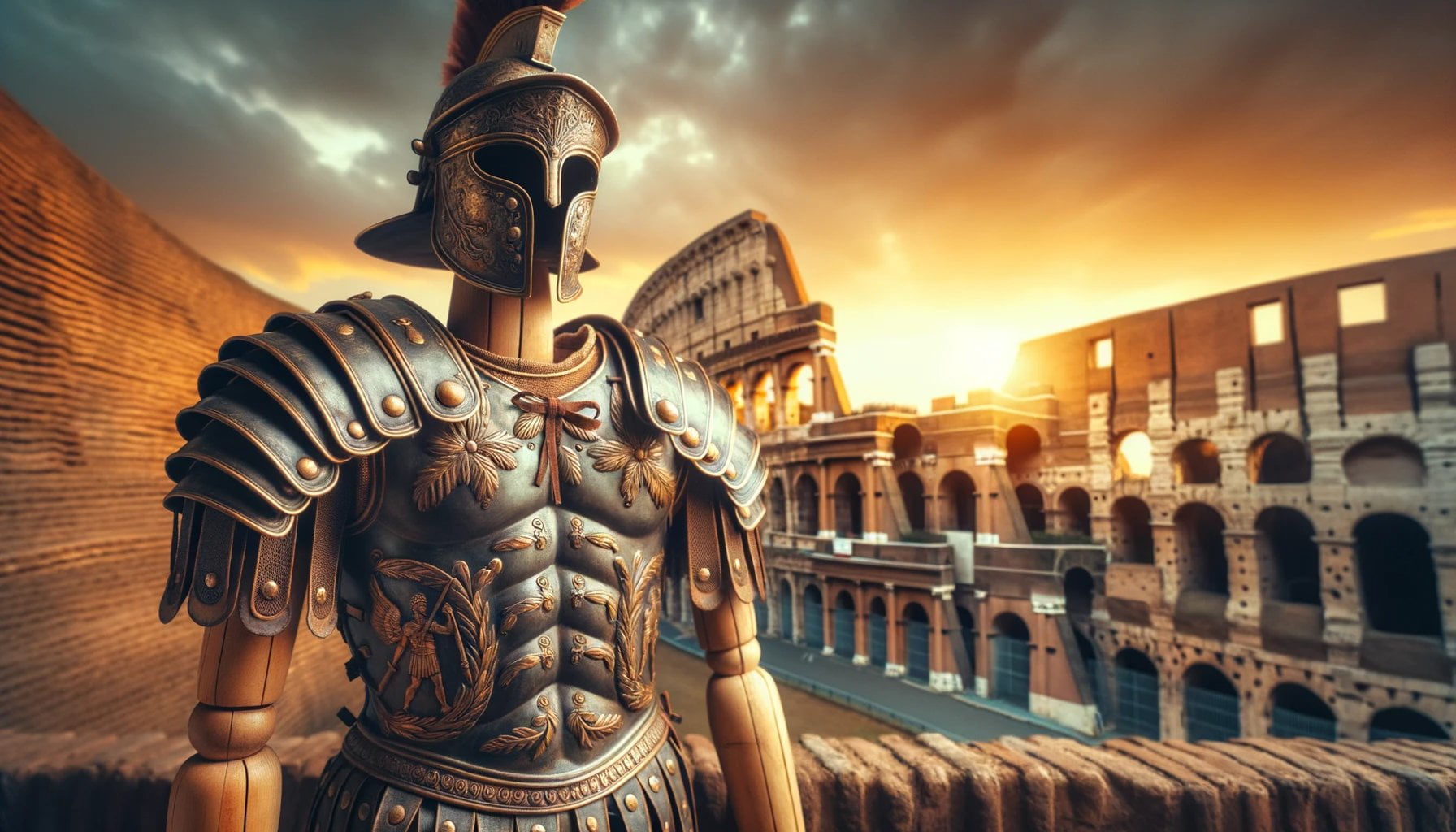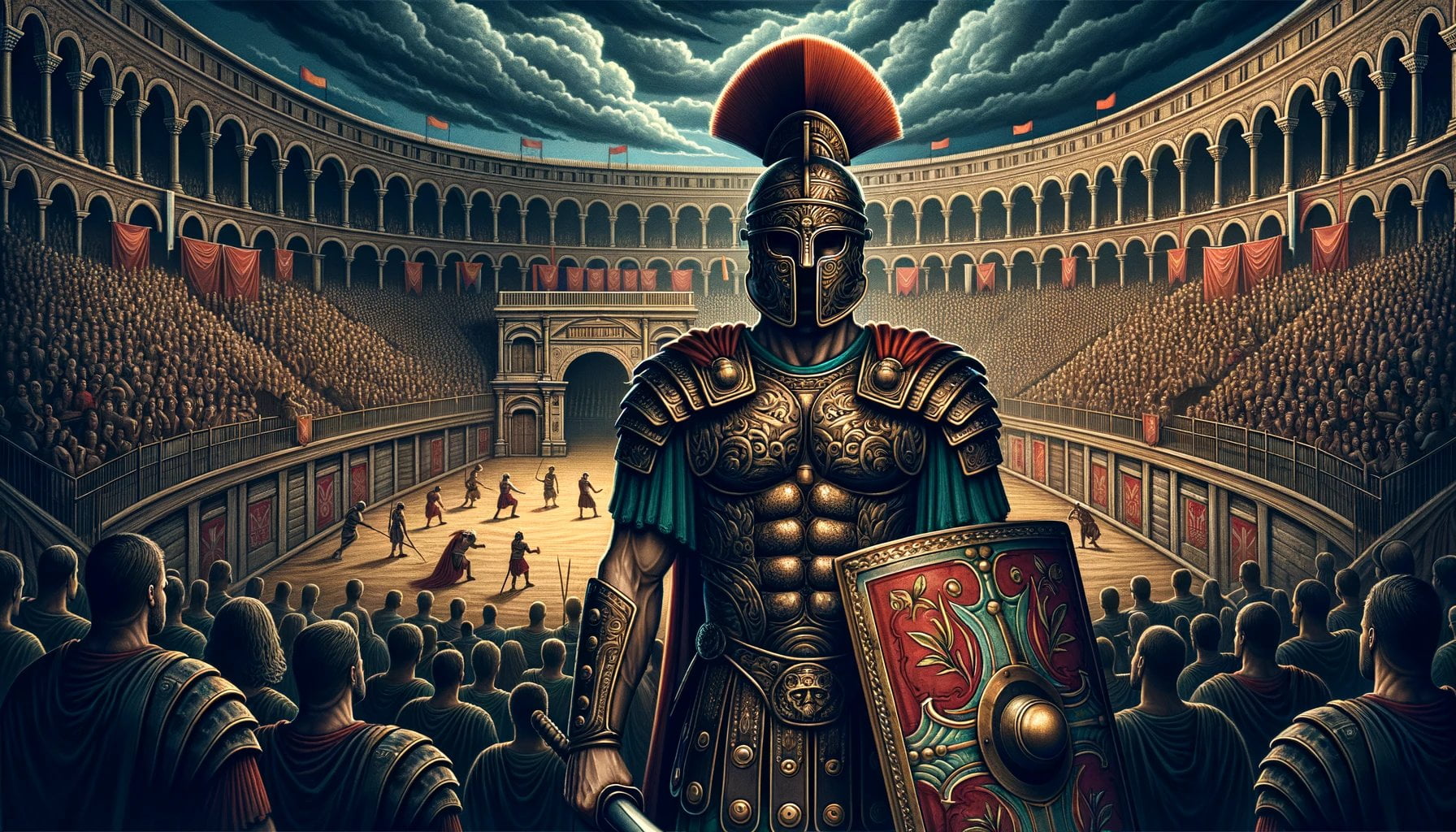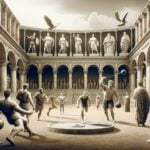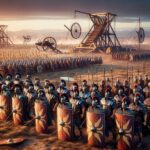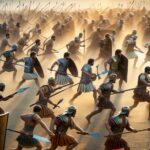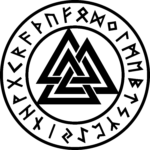Get ready for a thrilling journey into the world of ancient Roman gladiators and their awesome armor! We’re going to dig deep into the story, design, and why this gear was so special. Imagine stepping into a real Roman arena and discovering the secrets behind the intricate craftsmanship and symbols that made these gladiators look fierce and fearless in battle. Let’s dive in and learn all about it!
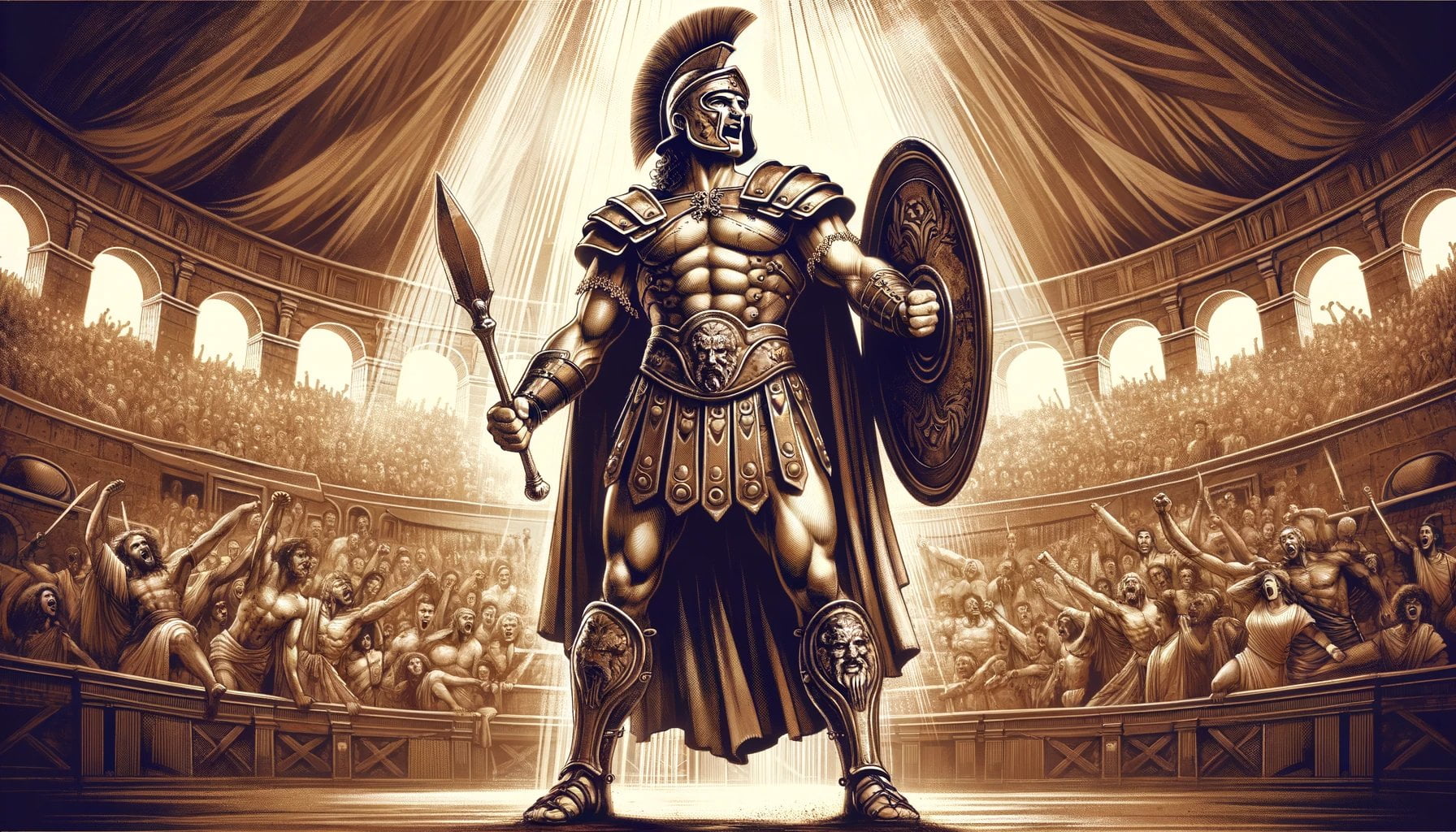
Unveiling the Ancient Roman Gladiator’s Armor: Gear for Glory and Protection
Imagine the roar of the crowd as gladiators step onto the blood-stained sands of the Roman arena. Their bodies, clad in intricate armor, shimmer under the sun’s glare. This armor, a testament to both protection and performance, is a fascinating glimpse into the world of ancient Roman combat.
Armor in the Arena
Roman gladiators came equipped with an array of armor designed for specific combat styles:
- Helmets: Like a warrior’s hardhat, helmets guarded their heads from blows, featuring a wide brim to block incoming attacks.
- Greaves: Think of these as metal leg protectors, covering the area from knee to ankle. They allowed for mobility while providing substantial defense.
- Breastplates: The gladiators’ chest armor ranged from iron to bronze, offering strength and flexibility to shield their vital organs.
- Shields: These handheld shields were a crucial line of defense, varying in size and shape depending on the gladiator’s fighting technique.
Protection and Performance
The design of gladiatorial armor was not only about defense but also about enabling movement and performance. While iron and bronze provided strength, leather and fabric linings ensured comfort and prevented chafing. The form of the armor adapted to the specific fighting style of each gladiator type, enhancing their agility and prowess in the arena.
Beyond Battle: Symbol and Culture
Armored gladiators were not just symbols of combat but also cultural icons. Their armor represented both danger and entertainment, reflecting the morbid fascination that the Roman public had for gladiatorial contests. The intricate designs and embellishments on the armor showcased the skill of Roman artisans and added to the spectacle of the fights.
Guardians of Antiquity
Understanding the armor worn by gladiators is like opening a window into the lives of these legendary fighters. It tells the tale of their combat techniques, the brutality of arena combat, and the enduring cultural fascination with these heroic figures. Each piece of ancient Roman gladiatorial armor is a relic of a bygone era, preserving the legacy of these fearless men who stepped into the arena for glory and survival.
- Explore the fascinating world of ancient Roman monuments that have stood the test of time. Discover more about ancient Roman monuments here.
- Dive into the architectural wonders of ancient Roman pillars and marvel at their intricate designs. Learn more about ancient Roman pillars here.
- Uncover the secrets behind ancient Roman shields and the role they played in battles. Delve into the world of ancient Roman shields here.
- Embark on a philosophical journey as you delve into the teachings and ideologies of ancient Roman philosophy. Expand your knowledge of ancient Roman philosophy here.
What is the history behind ancient Roman gladiator armor?
Picture this: You’re in the middle of the Colosseum, standing tall with an impressive armor covering your body. But where did this armor come from? Let’s dive into the fascinating history behind the iconic armor of ancient Roman gladiators.
It Was a Symbol of Roman Power and Entertainment
Gladiators were like rock stars in ancient Rome. Their fights were a huge spectacle, and their armor was a huge part of that. It wasn’t just about protection – it was also about showing off the might of Rome and the entertainment of the people.
It Was a Mix of Practicality and Style
Gladiators didn’t go into battle with random armor, they had specific gear for different fighting styles. There were helmets to protect their heads, shields to block attacks, and breastplates to guard their chests. They found the perfect balance between protection and mobility.
It Was Inspired by Conquered Foes
The Romans were pretty good at conquering other people, and they learned a lot from them. The Samnite armor, for example, was heavily influenced by the armor of southern Italian warriors. It was like taking the best ideas from their enemies and making it their own.
It Was a Brutal Reminder of Roman Life
Gladiators fought to the death for the entertainment of the crowd. This was a brutal time, and their armor reflected that. It was heavy and not always practical, showing just how dangerous and merciless these fights were.
Key Takeaways:
- Roman gladiator armor was a mix of protection and style
- It was inspired by the armor of conquered foes
- It symbolized Roman power and entertainment
- It was a reminder of the brutal reality of gladiatorial battles
So, there you have it. The armor of ancient Roman gladiators was not just a piece of gear. It told a story of strength, courage, and the brutal reality of Roman life. And if you ever find yourself in a gladiator-themed movie, you’ll know exactly what those warriors are wearing!
What types of armor did ancient Roman gladiators wear?
Get ready to dive into the fascinating world of ancient Roman gladiators and their protective attire! These warriors weren’t just about brute force; they also had some seriously stylish and effective armor to keep them safe in the arena.
Putting on the Gear
- Helmet: Imagine a gladiator’s helmet as their personal force field for the head. It was the most important piece of armor, protecting their precious noggin from deadly blows. Different types of gladiators had different helmet designs. For example, the Myrmillo rocked a helmet that looked like a fish, complete with a visor.
- Greaves: Think of greaves as leg armor for gladiators. They guarded their calves and shins from their opponents’ nasty swings. These bad boys gave them an edge against those vicious attacks.
- Shields: Shields were like the ultimate defense, the gladiator’s trusty barrier against enemy attacks. The scutum, a big rectangular shield, was a popular choice, offering tons of protection for the gladiator’s left side.
- Breastplates: The breastplate was the MVP of gladiatorial armor, protecting the chest from major damage. These breastplates came in different shapes and sizes, each one tailored to the gladiator’s fighting style.
So, what’s the takeaway? Gladiators weren’t just about showmanship; their armor was a deadly combination of protection and style. Each type of gladiator had their own unique set of gear, making them formidable warriors in the brutal arena.
What Materials Were Used in Ancient Roman Gladiator Armor?
Gladiators weren’t just brawny fighters; they were also fashion icons! Their armor wasn’t just for protection but also a symbol of their rank and style.
So, what did gladiators wear to battle? Let’s take a closer look at the materials they used to craft their fierce looks:
Metal: Picture this: helmets as strong as a knight’s, breastplates as tough as a turtle’s shell, and greaves to shield their legs like medieval warriors. These were all made from various metals, with iron being the most popular. But don’t forget the fancy bronze and steel that also made an appearance!
Leather: Leather was more than just a stylish accessory for gladiators. It kept them comfy with straps, belts, and padding. Plus, it lined their metal armor, making it as cozy as a warm hug.
Fabric: Underneath the metal and leather, gladiators rocked tunics and leggings made from linen and wool. These soft fabrics kept them cool and nimble during those intense battles.
Beyond these essentials, gladiators got creative with other materials too. They used wood for shields, bone for armor adornments, and even antler for helmets. It’s like they had their own version of “Project Runway” in the arena!
Keep in mind that the materials used varied based on the gladiator’s fighting style. So, while some gladiators were all about that iconic metal look, others might have preferred a more flexible leather ensemble.
FAQ
Q1: What were the primary materials used in crafting gladiator armor?
A1: Gladiator armor was constructed from a combination of iron and bronze for strength and flexibility, with leather and fabric incorporated for comfort and protection.
Q2: How did gladiator armor reflect the diverse fighting styles of these combatants?
A2: Different types of gladiators emerged, each with their own unique armor and weapons tailored to their specific fighting styles and roles. This diversity in armor design showcased the wide range of combat techniques employed in the arena.
Q3: What insights can gladiator armor provide into the daily lives of these individuals?
A3: Gladiator armor offers valuable insights into the training and preparation of gladiators. The design and functionality of their armor reveal the rigorous training they underwent and the challenges they faced in the arena.
Q4: How did gladiator armor evolve over time and reflect the changing nature of Roman society?
A4: Gladiator armor underwent modifications throughout history, influenced by technological advancements and cultural shifts. This evolution reflects the changing societal attitudes towards gladiatorial combat and its significance within Roman society.
Q5: What is the legacy of gladiator armor, and how has it influenced modern military and combat attire?
A5: Gladiator armor has left an enduring legacy, shaping the design and development of future military and combat attire. Its emphasis on protection, mobility, and aesthetics continues to inspire modern armor and protective gear used in combat and sports.
